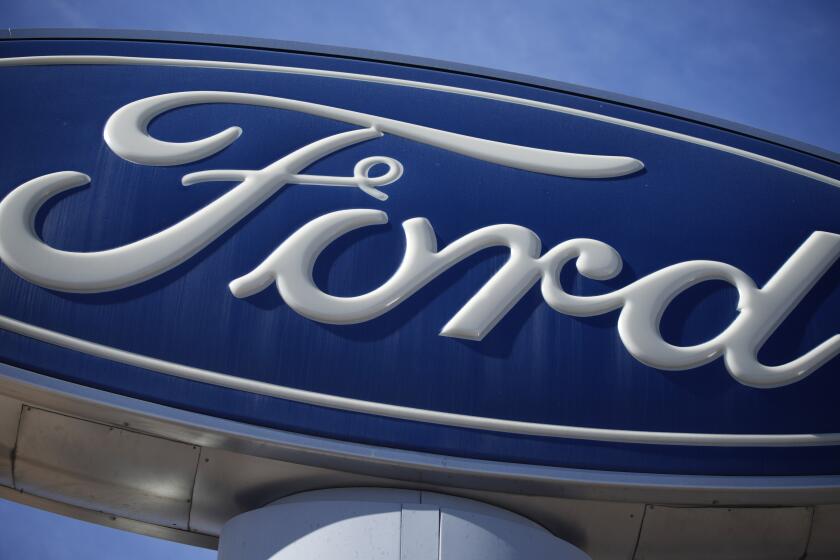In-flight Internet builds on Boeing plan
Airlines and service providers seeking to deliver high-speed Internet services to passengers say they’ve learned from Boeing Co.’s 2006 decision to pull the plug on its ambitions to outfit its planes with a similar service.
Analysts say Boeing’s failed Connexion online service was costly to install and operate, resulting in large expenditures before getting a single paying customer. An industrywide downturn triggered by the 2001 terrorist attacks made the system an even tougher sell to struggling airlines.
Among other things, JetBlue Airways Corp., AMR Corp.’s American Airlines and Virgin America are today turning to air-to-ground connections to avoid Boeing’s expensive satellite fees.
“We wanted to attack every one of the things that were inhibitors in that first-generation system,” said Jack Blumenstein, chief executive of Aircell, which is providing service for American and Virgin.
JetBlue’s LiveTV subsidiary paid the Federal Communications Commission $7 million for wireless spectrum that one test JetBlue aircraft has been using since Dec. 11 to communicate with about 100 cell towers spread across the continental U.S.
The 1-megahertz frequency band allows that aircraft to offer free e-mail and instant-messaging services on laptops and hand-held devices through Yahoo Inc. and BlackBerry maker Research In Motion Ltd.
Aircell licensed a band three times the size of LiveTV’s for $31 million and plans to offer broader Internet services, including Web surfing, for about $10 a flight -- what Boeing had charged for the first hour. Pending regulatory approval, Aircell’s first Internet-capable flight is expected on American in 2008, using 92 cell towers on the ground.
The air-to-ground approach has its limits, though. It’s useless for many international flights because of long stretches over oceans. And it hasn’t been approved outside North America.
That is why Alaska Air Group Inc.’s Alaska Airlines, which has over-the-ocean flights to Alaska and Hawaii, is going with a satellite-based system through Row 44 Inc.
Row 44 is using an existing satellite network from Hughes Communications Inc. rather than trying to assemble its own as Boeing had.
Panasonic Avionics Corp., a unit of Matsushita Electric Industrial Co., took a similar approach in developing a service for Australia’s Qantas Airways Ltd. and other airlines.
Boeing leased satellite transponders from various providers whether it needed the capacity or not.
Under its deal with Intelsat Ltd., Panasonic can buy capacity in smaller units until it needs more.
Technology also has improved such that airplanes using Row 44’s or Panasonic’s systems don’t need to carry as much weight as Boeing required, saving fuel costs.
More to Read
Inside the business of entertainment
The Wide Shot brings you news, analysis and insights on everything from streaming wars to production — and what it all means for the future.
You may occasionally receive promotional content from the Los Angeles Times.










